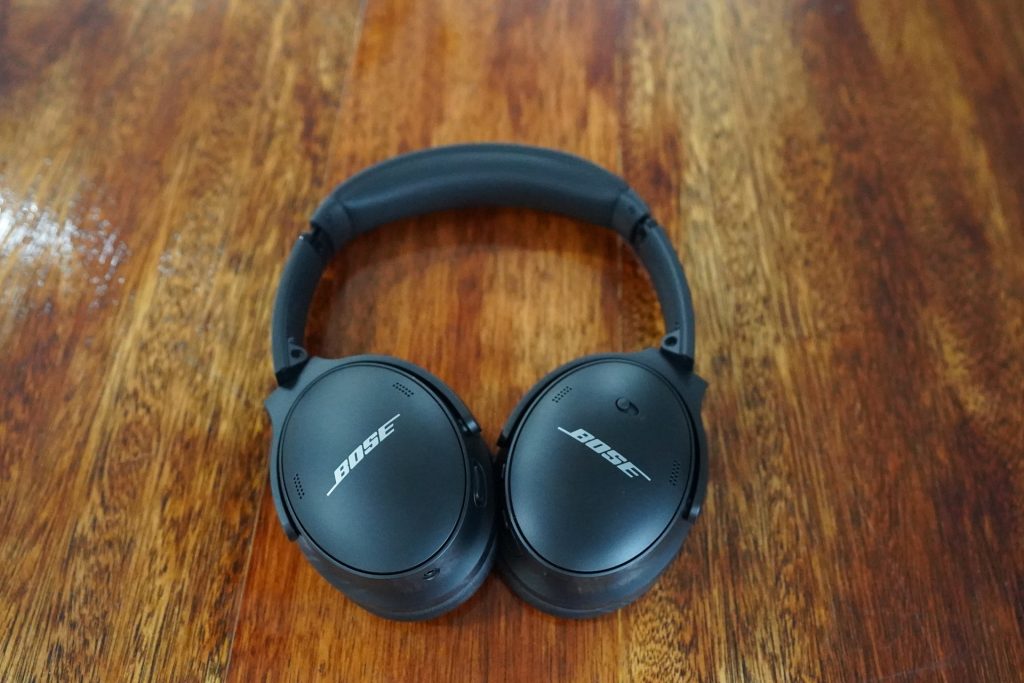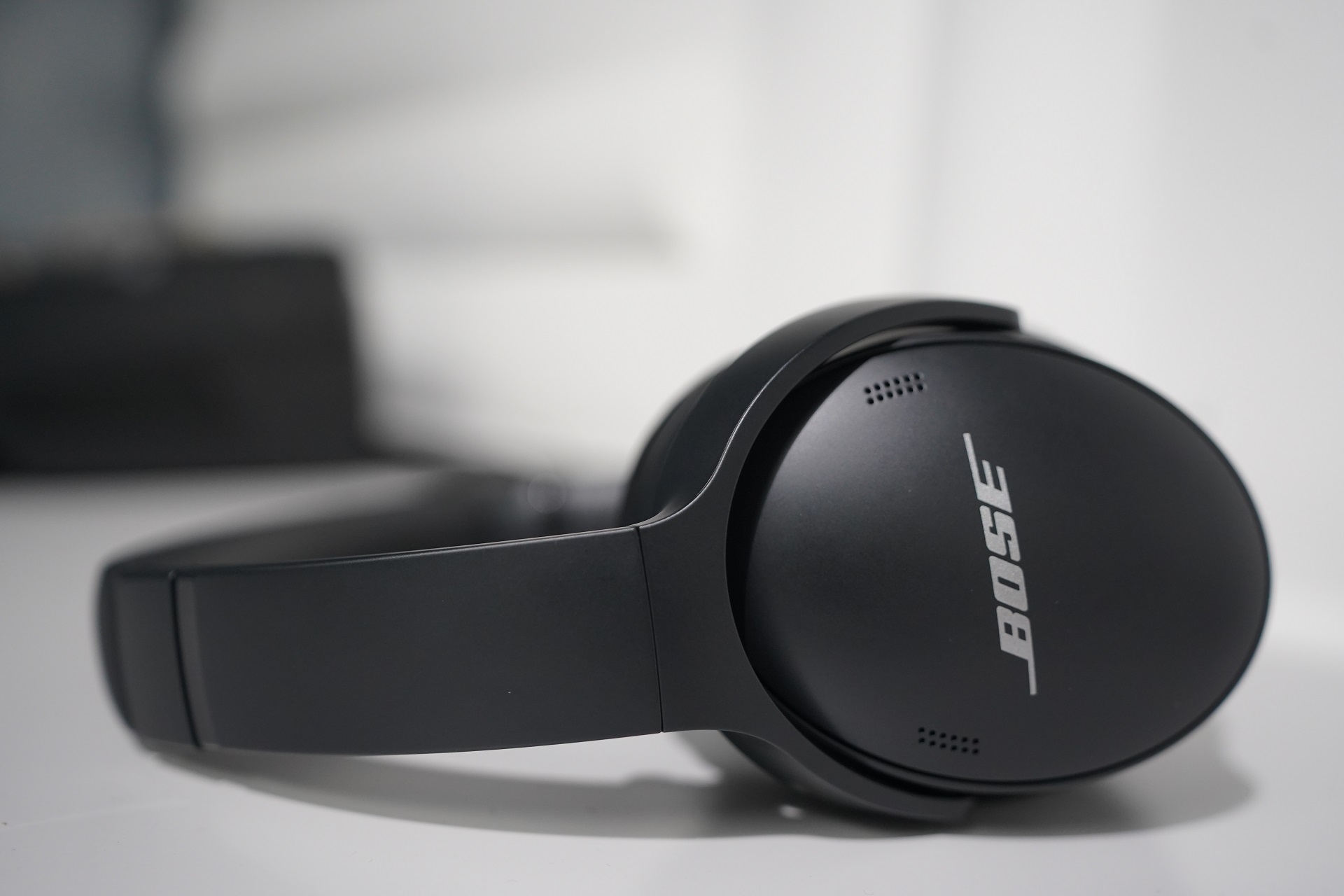Sound Quality
I tested the QC45 in both wired and wireless modes and I didn’t really spot any differences between those modes in terms of how they sound.
When I reviewed both the QC35ii and the NC 700 some time ago, I was surprised that I prefer the sound signature of the QC35 more noting that it is unapologetically Bluetooth sounding and not trying to be what it’s not. The overall signature is easier to the ears with bassy and warm lower frequencies and a smoothed-out and relaxed top-end. I know exactly what changes in the tuning I would do to make it sound better and I was hoping the QC45 are thinking about the same.
It was sadly not the case, and the QC45’s sound signature is quite a bit different. It’s got a tilted treble frequencies that overpower the rest of the spectrum. Do take note though, this is where the listener’s preference and type of sound genre kick in which means what I think about this signature may not be the same as what you think or prefer.
The bass frequency is accentuated just like the QC35 and likewise, has that same upper bass and lower mids bloom that gives the signature some warmth. That’s great and all if we that’s all we need to consider, but we gotta always factor in the response as a whole. And unfortunately, it does not matter how warm or bassy the sound is when the treble frequencies cloud them all.
The excess rise starts at around 2khz up until 12Khz which makes the upper midrange coarse and edgy sounding. From there, all the treble frequencies are likewise excessively elevated as well making it way too bright sounding. And this is the fatiguing and grating type of bright that is unpleasant, especially on rock tracks that tend to have a lot happening in those areas. This makes the QC45 metallic & thin sounding because of the exaggeration in these areas.
Most of the technical performance is largely the same as with the QC35ii and it’s really just the tuning that is its biggest undoing.

Thankfully, we can EQ and the Music app that comes with the headphone allow you to fidget albeit the customization is limited. I did use the Equalizer APO on Windows and all I’ve done is add a down shelf of 5db starting at around 2Khz.
This brought all the difference in the world! I can now hear the overemphasized bass and the warm mids, and it is no longer grating when listening to most of my music. In a way, it sounded like the old QC35ii which is both good and bad.
The QC45 is efficient enough when used in wired mode and can get easily loud off a portable device. This is handy when the battery dies and you can’t be bothered to charge it.
Conclusion
The QC35 was a popular headphone back in the day and so it’s understandable that the newer model didn’t change much but rather upgraded things that need one such as USB-C charging, more microphones for better noise canceling, and transparency mode. Their attempt to improve the sound backfired but I gotta give them some props for trying. It would’ve been dope though if they really invested in improving the technical aspect of the sound rather than just tweaking the tuning.
The QC45 only comes recommended if you are an absolute lover of bright-sounding headphones, or if you are willing to EQ. Owners of the QC35 that are looking to upgrade may find enough good stuff in the newer model that could convince them to avail it. Though I imagine the requirement to EQ becomes even more crucial as the QC35’s sound profile is the opposite of the QC45.
Now if you’re willing to look for options outside of Bose, the closest recommendation would be the Sont XM4 which is more than a great option. It may not be as compact as the QC45 but it’s still quite light and comfortable. It also has a ton of features built-in through the headphone and in the app, has better overall sound, and an equally exceptional noise-canceling capability if not a bit better.
Go check out the Bose QC45 on Eleksis Marketing if you’re interested in purchasing.


